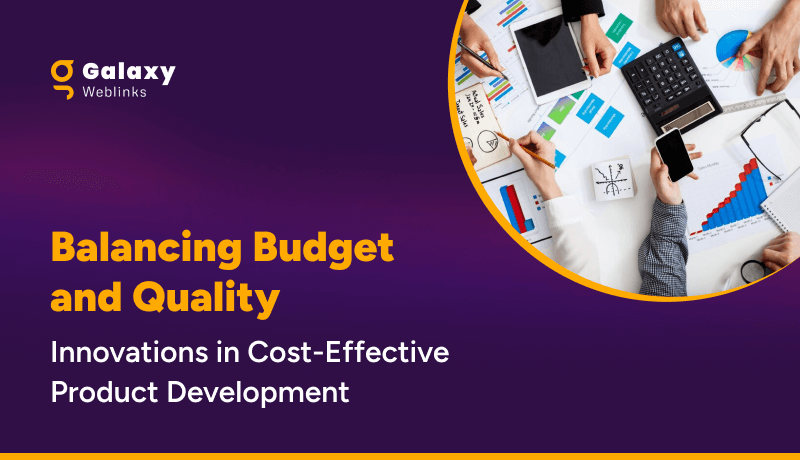Retaining your users is just as important as getting them on board for the first time. While curiosity could drive the initial engagements, sustaining those leads is another picture. Here’s where UX practices come into play. Gamification is one of the popular UX techniques that engage users within a challenge and reward cycle. It is primarily used in computer games but is also gaining popularity in the app development world as well.
In this blog, we’ll cover the top 3 gamification techniques to keep your user engaged.
1. Challenges
Sometimes people get lost in work when it’s challenging and fun. Most of us like to call this state, the “zone”. Hungarian-American psychologist, Mihaly Csikszentmihalyi, dubbed this mental state as “flow”. During flow, people typically experience deep enjoyment.
Solving challenges can be a rewarding experience and hence keep your users engaged.
You should opt for gamification in your design if you are looking to improve user engagement and make your product fun to use in the process. Learning and fitness apps are great use-cases for this UX engagement technique. If you look closely you can find several products that use gamification to motivate behaviors, Activity Monitor on Apple Watch for example encourages you to close all the rings.
How to do it right
- Define and state clear goals in a way that the user understands what and how to do to achieve the goal.
- Validate your assumptions for the user’s understanding of the complexity of challenges. Both novice and experienced users should be able to go through the challenges with ease.
- There should be a system of levels to provide a sense of progress to the user. You can fine-tune complexity based on the levels, difficulty increases as the user proceeds through the levels.
- Alleviate user anxiety by providing immediate feedback for user actions.
- Introduce tooltips if the user is having a hard time. Keep a check of user skill and fine-tune challenge complexity based on their responses. Too easy or too hard challenges can result in drop-offs.
2. Unlockable Features/Content
This Gamification technique is most popular among the freemium apps, where the whole experience is free with some content/features restricted to a certain profile level or is only accessible to premium members.
Users don’t shy away from spending time and money on features/content that is of great value to them. Besides, having worked to unlock a feature/content gives users a sense of ownership and as a result, makes them value your product more than before they signed up.
The pursuit to unlock features will encourage users to explore your app, improving engagement and retention in the process.
How to do it right
- Unlockable features/content shouldn’t be used exclusively to motivate users to use your product.
- The path to unlocking the features should be clear and concise.
- Only restrict things that are unique and have value.
3. Achievements
Achievements are the rewards users earn for completing tasks or challenges. It can be in the form of badges, trophies, or in-app currency. Rewards motivate users to complete their journey and keep moving forward. You can use it in your app to direct users towards a particular goal, like subscribing to a service. LinkedIn for example sets clear expectations on how the profile strength works, and hence encourages you to complete your profile.
How to do it right
- You need to have an end goal. What you want your user to do at the end of their journey.
- Map out expectations and communicate progress. Also ensure that user is aware of remaining steps to complete for rewards, at all times.
- Carefully define the gap between two milestones, as to where to reward your users to keep them invested in the app.
Conclusion
Getting users to stick to your app can be a great challenge. Most of them drop off from the onboarding if they find it cumbersome or uninteresting. Gamification techniques mentioned in this blog solve the retention problem with age-old lessons from games.

People find games engaging because it’s progressively challenging and rewards for completing certain tasks and journeys. You can also boost your app engagements from a cycle of challenge and rewards. We have done gamification for an excellent fitness/wellness app for our client at University of Vermont. You can also get in touch with us if you’re looking for design and development assistance for your project.

